
Review: AKG K99, K240 Studio & K171 Headphones
Three well-priced professional headphones are given a hearing.
Review:/ Graeme Hague
It’s easy to get carried away by all the hype that can surround headphones. Some cheaper makes and models, despite their price, will still promise ‘unbeatable quality’ with extra bass, extra highs, extra-special noise cancellation and… well, just about ‘extra’ everything. Not surprisingly a lot of headphone products are designed to enhance personal mp3 player use, which isn’t something we really have to consider here; I’m only pointing out that it’s very possible with all the marketing and packaging rhetoric about so-called professional or high-fidelity features to buy something that in fact has all kinds of misleading, frequency tweaks that’ll lead you down the garden path – not real quality. The question is, do you want to listen to music or do you want to hear what’s really going on?
Fortunately a lot of the leading, professional headphone manufacturers know better than to offer designs that artificially enhance certain frequency bands. It’s all about accuracy, durability and comfort. To be honest, it can be a little hard to review a single pair of headphones at any great length, so when AKG announced a new model had been released it made sense to grab AKG’s offer to compare some current models at the same time. Making things interesting for yours truly the new model is a re-release of the ‘classic’ K240 Studio model, a type I’ve been using for a long time and I was intrigued to find out what, if anything, had been changed.
GOOD THINKING 99
Let’s start with the cheapest cab off the rank, the AKG K99. At a recommended retail of $129 the K99 headphones don’t break the bank. Still, AKG’s marketing department has found plenty to talk about on the packaging, including “skin compatible leatherette earpads”, which does raise the alarming thought of what should happen if the earpads were not “skin compatible”! Marketing aside, the reality is that the K99s are a workhorse headphone for the less discerning listener – someone for whom the actual sound isn’t the most critical factor. They’re designed to be chucked across the control room in disgust, dropped on the studio floor, trodden on by the clumsy musician, hung around someone’s neck only to be forgotten and the cable stretched to the limit when they walk away – the K99s are a tough headphone that still delivers a quality sound acceptable for most professional applications. The semi-open earpiece shells are made of a rugged, no-nonsense plastic as is the arch brace and softer headband. The cable is hardwired to a single side – there’s no serviceable plug connection. At the other end is a 3.5mm stereo plug with a 6.5mm push-in adapter supplied (not threaded). I’d rather see this the other way around, given that these adapters can get dodgy over time. The standard for professional headphones should be 6.5mm connector with a reducing adapter supplied. Just another subtle nod towards mp3 players? Perhaps.
As for the sound of the K99s a slightly harsh upper-midrange won’t put them at the top of your audiophile listening experiences and no doubt they could get fatiguing over extended listening sessions. With an impedance of 32Ω they’ll be a little louder than others too, should you be mix-and-matching headsets. On the plus side, the sound would help cut through when you need it. The conclusion here is – give ‘em to the guitar player!
MORE INFO
PRICE
K99: $129; K240 Studio: $199; K171: $299
CONTACT
Audio Products Group: 1300 134 400 www.audioproducts.com.au
CLASSIC RE-RELEASE
Next according to price range we have the newly re-released ‘classic’ K240 Studios. The K240s are also semi-open, mindful of operators who may need to wear them for long sessions and don’t want a Greenhouse Effect inside their skull. The RRP is $199 and, as you’d expect, the extra money brings a few extras with it. The cable is connected to one side with a mini-XLR plug which, while it’s moulded and unserviceable, at least gives you the option to easily replace the cord yourself. At the other end is again a 3.5mm base plug with a 6.5mm adapter supplied, but this time the adapter is threaded for a secure fit. The earpads are large, covering your entire ear and gimble-suspended, meaning they offer a certain amount of X-Y movement to fit your head exactly. Also, the self-adjusting headband – a feature on all the headphone models – is accommodating enough to allow using the K240s on one ear only (a necessary evil I’ve never understood).
The best way to describe the K240’s sound is ‘smooth’. Everything is there exactly how it should be with clear definition. The bass is solid without being falsely enhanced and the highs are clean without getting harsh. The K240s would be great for critical applications such as mixing down, if decent monitor speakers aren’t available, thanks to their well-balanced frquency response. For the record, comparing them to my own K240s which have taken a hammering for more than a decade, mine only exhibited a very slight tired quality. Too much loud progressive rock, I suspect. Mind you, I should also point out that my original K240s are 600Ω while the latest types are 55Ω. You can hear that difference.
EARING TEST
Finally we have the K171 MkII with a pricetag of $299. What do you get for the extra 100 bucks? The K171 are an on-ear, closed-back headphone, created to provide a greater degree of isolation from external noise. The on-ear design helps to this end and if you’ve not tried this type of headphone, the difference is immediately noticeable. The earpads are smaller and sit more on top of your ear, attempting to isolate your actual ear hole rather than blanket the entire outer ear. It’s very comfortable and combining this with the solid, closed-back shells the K171 definitely provide good isolation. The K171s come with a choice of pads, either a standard leather type or you can switch them over to the supplied felt-like material – probably better in humid conditions or, in my case today (where it’s cold and windy) – warmer! You also get two different cables – the usual black wire or a coiled version. Aside from the usefulness of the coiled cable, just getting some kind of spare is handy.
When you put the K171s on for the first time you naturally wait to be blown away. Okay, I was instantly impressed with the level of detail the K171s provide. It was like someone had slipped a high-end mastering rig in the signal chain. Bass was tighter, the highs much more defined.
The K171s would be great in critical conditions like monitoring field recordings, live mixing at a console that’s poorly situated and for use with video cameras – although their physical size might be an issue there.
The isolation qualities of the K171s will make them suitable for noisier environments or indeed when you need to avoid headphone spill into open microphones.
The quality of the K171s and the K240s does have a different kind of price. They don’t particularly like being driven really loud – the clarity turns nasty. Of the two, the K240s suffers ear-shredding volumes better.
At sensible volumes both the K171 and the K240S demonstrate you can’t beat studio-quality, well-designed headphones that can offer highly accurate reproduction.

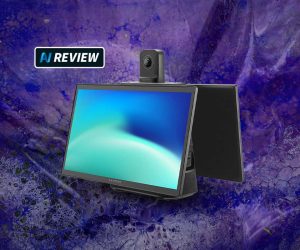


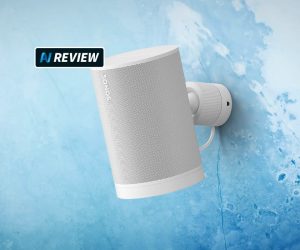
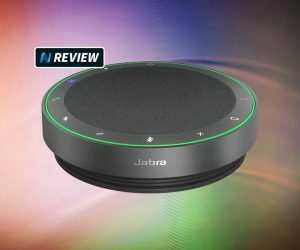
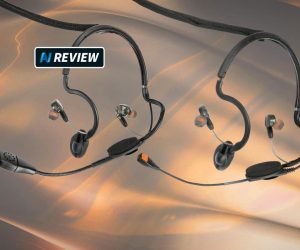
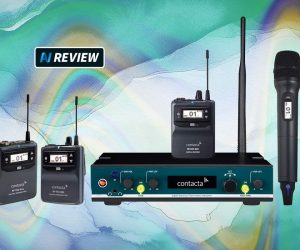
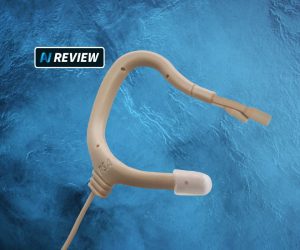
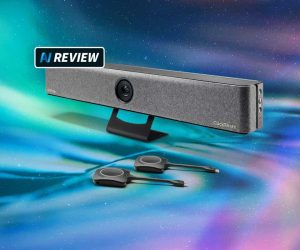
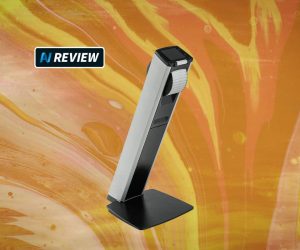
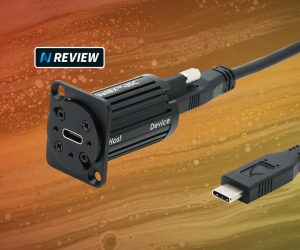



RESPONSES